New treatment method for headshakers
Around 90 percent of all headshakers suffer from hypersensitivity or damage to the facial nerve (trigeminal nerve). Horses suffering from trigeminal neuralgia not only experience severe pain, but are often no longer rideable. “The fundamental problem with this disease is that the threshold for stimulating the nerve is drastically reduced,” explains Dr. Christian Bingold from the Großostheim horse clinic. “This means that a stimulus or an event that normally does not lead to irritation of the nerve immediately triggers a completely exaggerated super-stimulus, which is then perceived by the brain as a pain signal.” Triggers are everyday stimuli such as light and wind , cold, dust or raindrops. In around half of all headshakers, the symptoms worsen when exposed to sunlight. This is why the symptoms appear more frequently in spring and summer.
The symptoms can be alleviated with light-reducing head masks . Nose nets , fringes or bobbles also have a positive effect, especially in milder cases, as they distract the tactile hairs of the nostrils and the mechanical stimulus reduces the pain, similar to the effect of scratching. The drugs carbamezine (dampen the activity of the trigeminal nerve), cyproheptadine (against allergic colds and itching) and gabapentin (used in epilepsy) come from human medicine, but these can have severe side effects such as spasmodic colic. “There is also an operation in which the nerve is compressed so strongly with platinum coils that the transmission of stimuli is interrupted,” says Bingold. “However, the success rate is low and many horses have to be euthanized due to severe side effects.”
PENS comes from human medicine; This method is used to treat trigeminal neuralgia in humans. A probe is inserted under the skin directly above the trigeminal nerve and the nerve is stimulated at intervals for a certain period of time. Those treated describe the therapy as pleasant. In Bristol, seven horses that suffered from grade 2 or 3 headshaking - i.e. were no longer rideable and some even banged their heads when at rest - were each treated with PENS three times. One horse did not respond to therapy, but six animals were symptom-free for a period of two to ten months afterwards.
There is certainly no question of a breakthrough or a cure - rather a possibility of relieving the suffering of affected horses at regular intervals. Also Dr. Bingold puts it into perspective: “The current level of knowledge is not yet sufficient to be able to speak of an established method.” Nevertheless, he considers PENS to be a promising perspective. “I expect that this will help some horses.”
(Author: Anna Castronovo / Source: equestrian MAGAZIN August 2015)
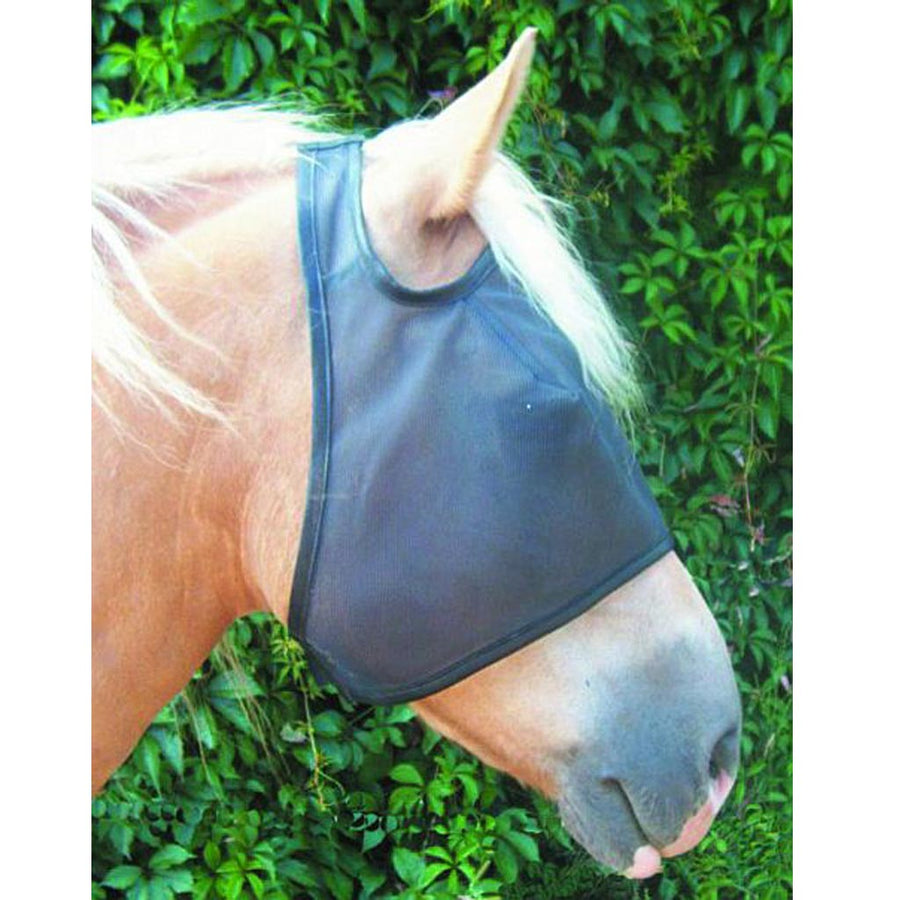
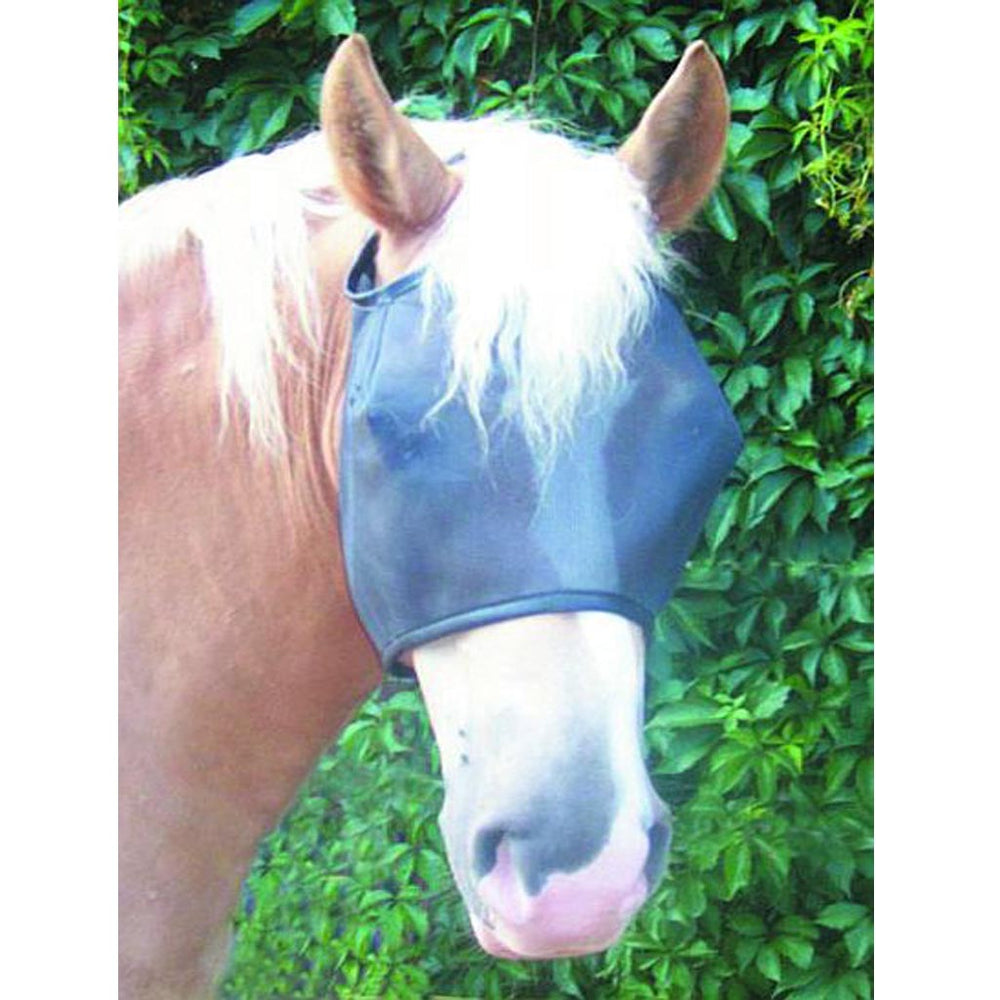
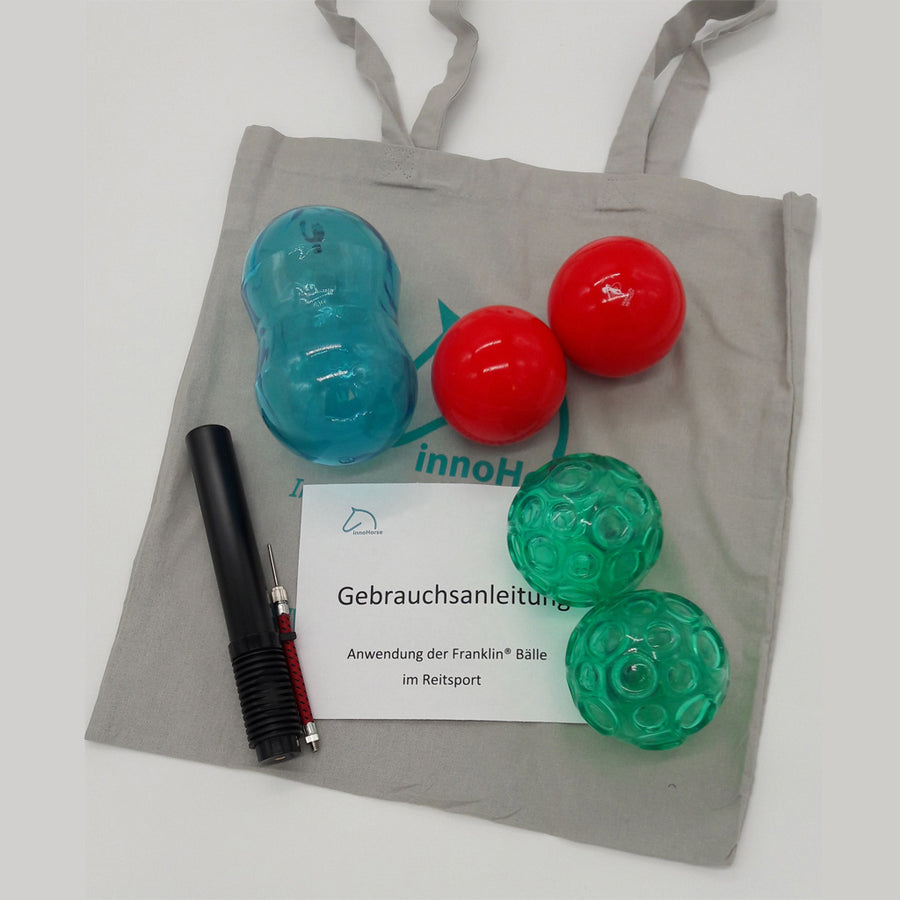
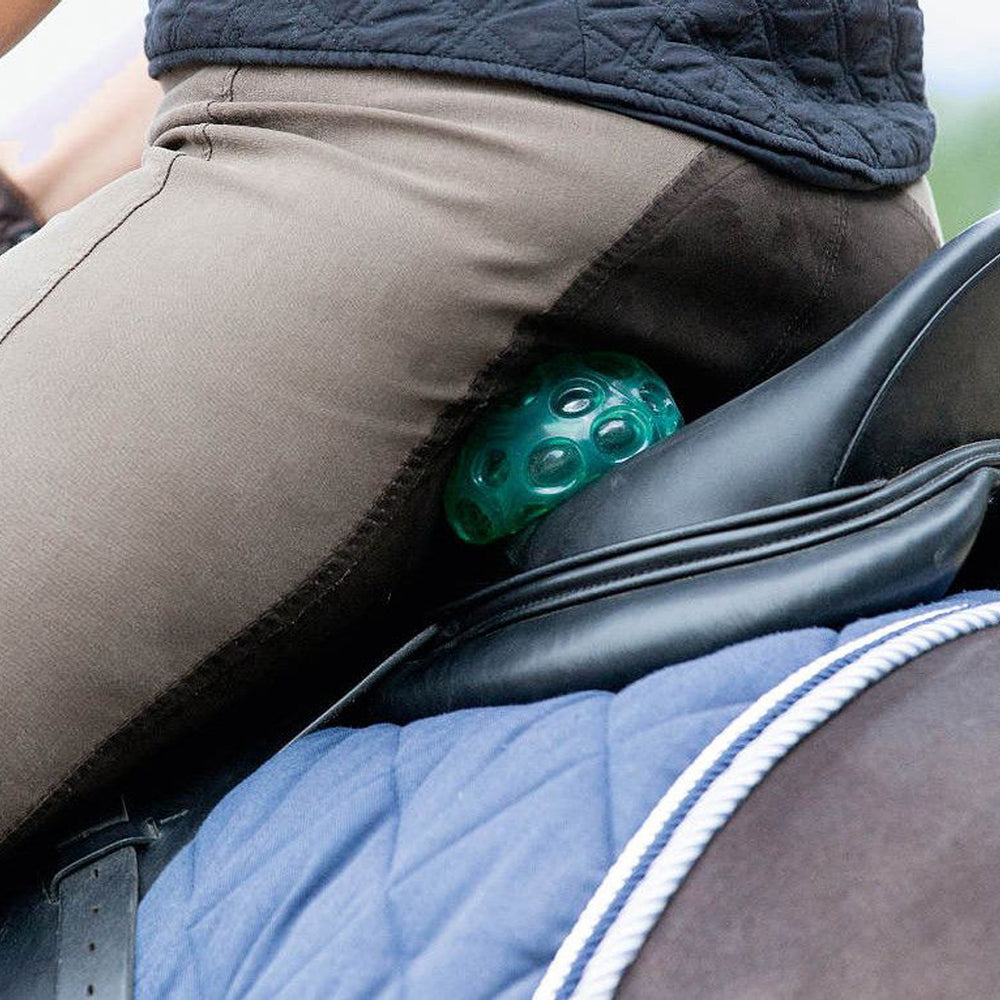
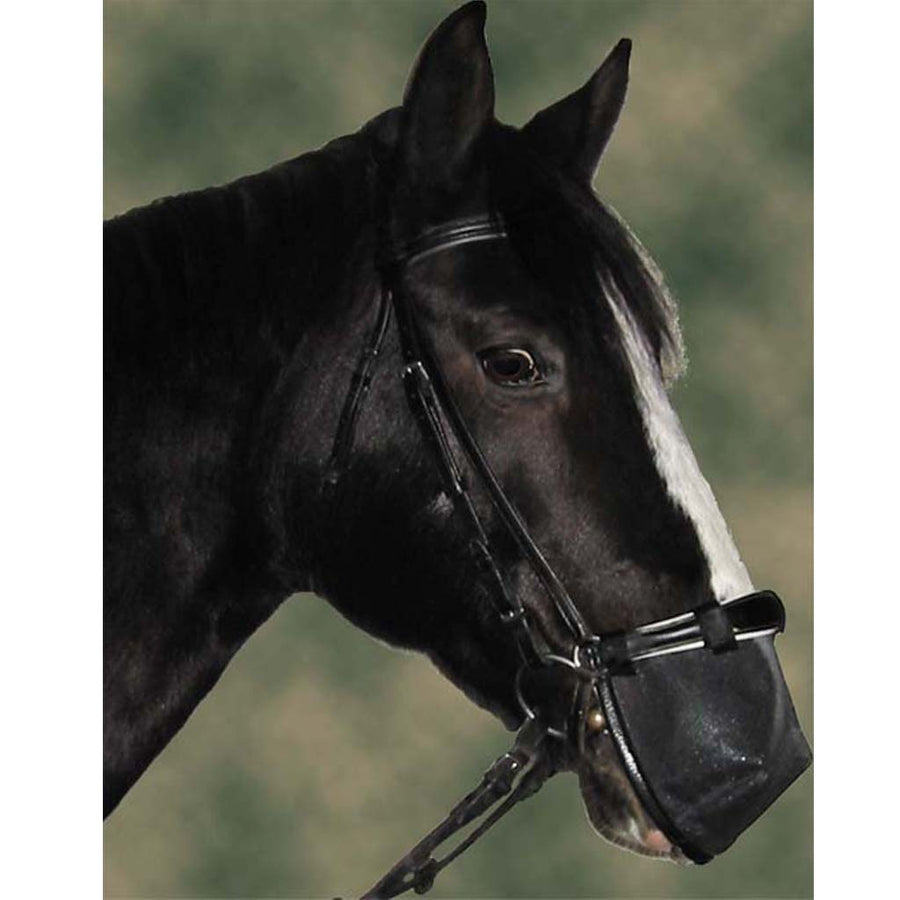

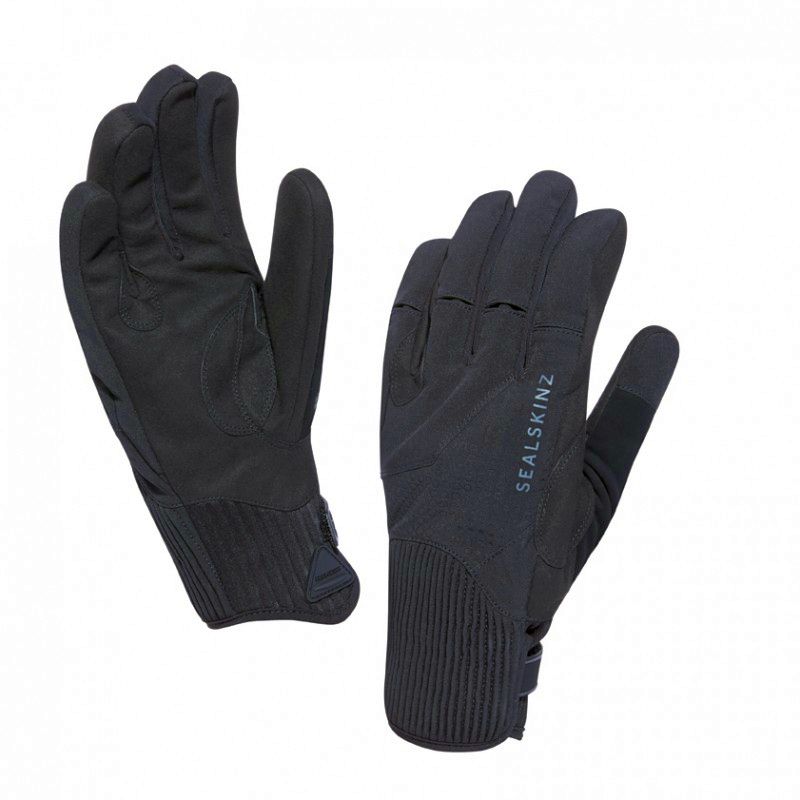



Write a comment